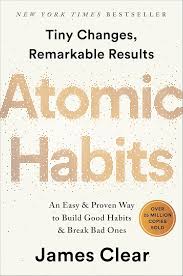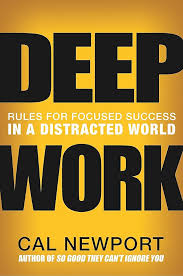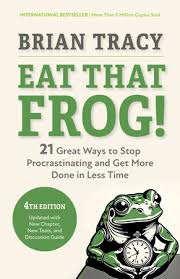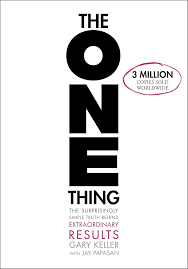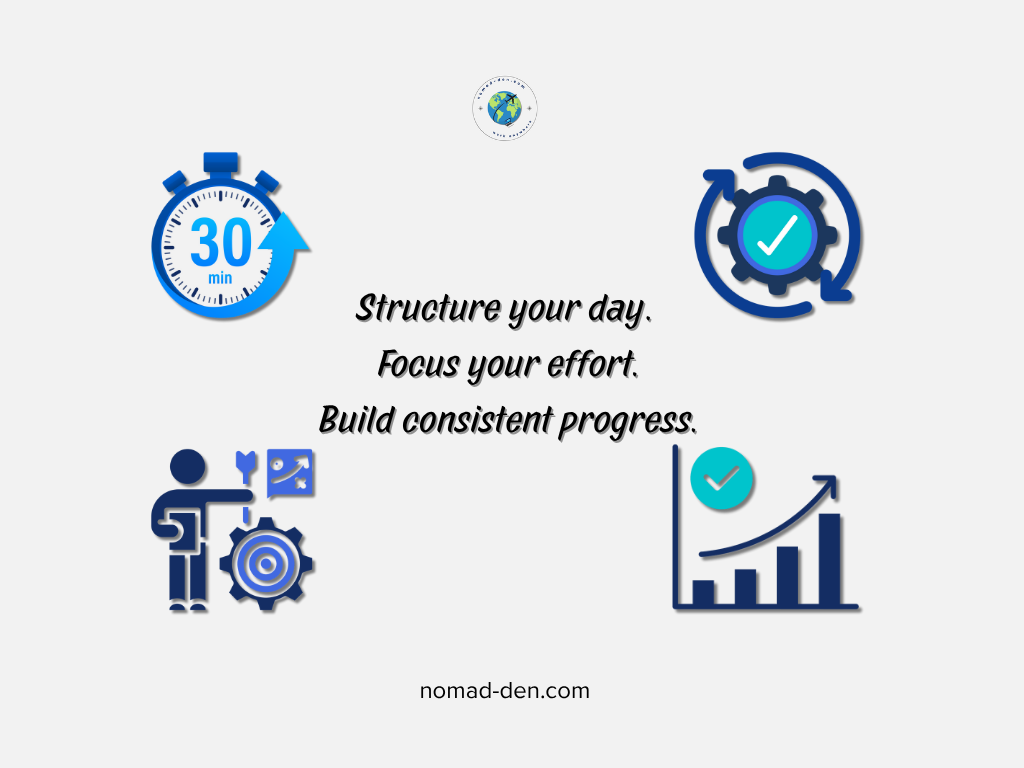
Affiliate Disclosure: This post contains affiliate links. If you click on these links and make a purchase, I may earn a commission at no additional cost to you. I only recommend products or services I genuinely believe in and that I believe will add value to my readers. Thank you for your support!
Since 2019, working from home has become a rapidly growing trend — offering freedom and flexibility. However, maintaining productivity can be a real challenge. While some people thrive in this environment, others struggle with distractions and the lack of structure that a home office often brings.
In a traditional office, there is a structure in place, consisting of schedules, breaks, and supervision which creates accountability. At home, individuals are required to create their own consistent schedule and hold themselves accountable. Without the discipline to maintain this structure themselves, productivity declines.
7 Best Tools for Productivity and Time Management
Fortunately, the growing demand in remote work has resulted in a similar demand for apps and tools that are designed to boost productivity for those who prefer to work from home or thrive in a hybrid environment. The following are some of the best tools that will help you stay on task:
Trello
Trello is a visual project management tool that uses boards, lists, and cards to help individuals and teams organize and track tasks for a wide range of projects — from personal goals to professional workflows. They also have a dedicated Remote Work Guide to help you stay productive and on track.
Clockify
Clockify is a time-tracking and project-management app for individuals and teams. It lets you log work hours, create timesheets, manage projects, and generate reports. They offer a forever plan at no cost, making it a great option for freelancers and entrepreneurs on a budget.
Start tracking your time with Clockify — simple and accurate.
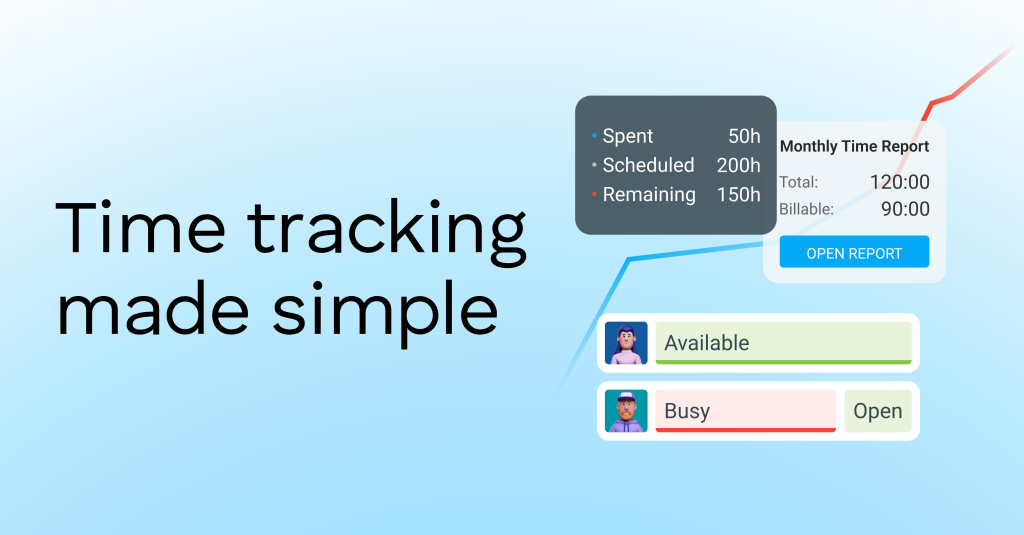
Todoist
Todoist is a task manager app that helps individuals and teams organize their work and personal lives. It functions as a digital to-do list (hence the name) and productivity tool, allowing users to create and manage tasks with features like due dates, priorities, subtasks, and recurring tasks. They have a free plan, with affordable upgrades.
Notion
Notion is an all-in-one productivity and note-taking platform that combines project management, knowledge organization, and team collaboration tools. It lets users create wikis, databases, boards, and task lists — all within a single workspace. You can start Notion for free and upgrade only if you need additional features. Notion also offers in-house education where users can earn badges and certifications to deepen their skills at their own pace.

Slack
Slack is a business communication platform that serves as a central hub for team collaboration by organizing conversations into channels, facilitating direct messaging, and allowing file sharing. This is a excellent messaging tool for teams to communicate in remote and hybrid environments. They also have a free plan, and very affordable upgrades.
Asana
Asana is a work management platform that helps teams organize, track, and manage projects and daily tasks. It offers tools for task assignment, timelines, collaboration, and progress tracking — suitable for both personal and professional use. Asana Academy is an in-house training resource where you can get certified on platform knowledge. They have a free personal plan and scales easily as your business grows.

While Asana integrates with hundreds of popular apps, tools like Zapier expand those possibilities even further — connecting your entire digital ecosystem.
Zapier
Zapier is an integration platform that connects over 8,000 apps and services, helping them work together seamlessly. It helps eliminate repetitive tasks, like updating spreadsheets or sending follow-up emails, by creating automated workflows called “Zaps.” They have a free forever plan that includes up to 100 tasks per month.
These 7 tools are among the best and most recognized productivity and time management platforms available today. Each one offers unique features that cater to different work styles and business needs. Before choosing, take time to explore them individually to see which fits your workflow best.
Beyond software, mastering productivity often comes down to how you manage your time — not just where. In the next section, we’ll look at strategies and techniques that help you stay focused, consistent, and on track.
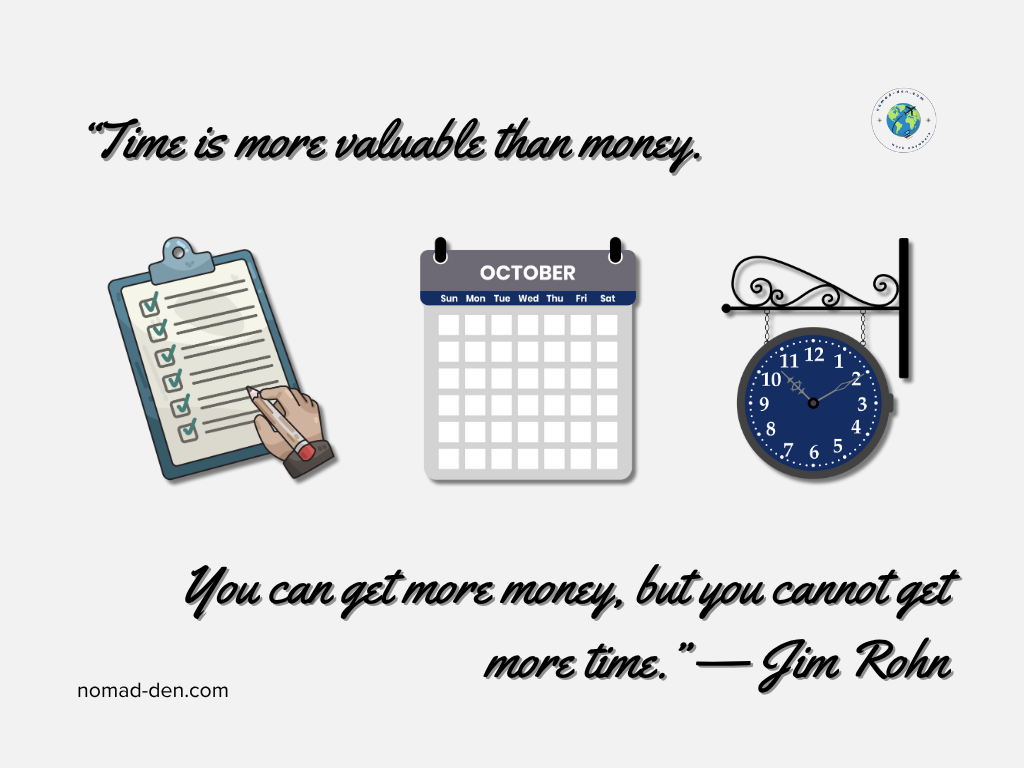
7 Best Techniques for Work Productivity
Being productive at work is more than just sitting down and grinding for eight hours straight — it’s about how you structure and plan your day. The most effective productivity methods involve building intentional schedules and routines that help you stay consistent. Over time, you’ll naturally become more efficient as you strengthen your focus and follow through on your commitments.
Eisenhower Matrix
The Eisenhower Matrix is a time-management method that helps you prioritize tasks based on urgency and importance. It divides work into four quadrants:
- Urgent and Important – Do first
- Important but Not Urgent – Schedule
- Urgent but Not Important – Delegate
- Not Urgent and Not Important – Eliminate
Named after former U.S. President Dwight D. Eisenhower and popularized by Stephen Covey in The 7 Habits of Highly Effective People, this method helps you focus on what truly matters instead of reacting to what’s merely pressing.
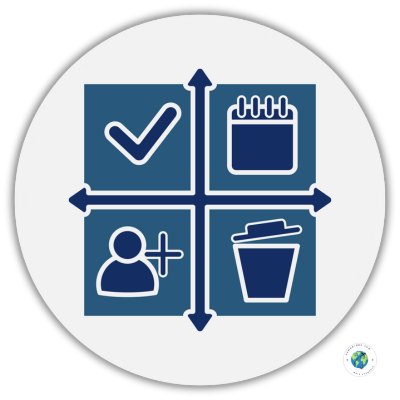
Time Block Your Day
Time blocking involves dividing your day into specific blocks of time, with each block dedicated to a single task or a group of related tasks. This method boosts focus by minimizing distractions, helping you prioritize effectively, and turning larger goals into manageable micro-goals. By giving your day structure, it encourages more intentional and efficient time management.
The Two-Minute Rule
The “two-minute rule” is just what it sounds like: if a task takes less than two minutes to complete, do it right away instead of putting it off. This simple habit prevents small tasks from piling up, clears mental clutter, and builds momentum — making it easier to tackle larger goals.
Take Regular Breaks
Taking regular breaks is essential for maintaining productivity because it improves focus, reduces stress and fatigue, and enhances creativity. It also boosts overall job satisfaction and well-being. By giving your mind time to rest and recharge, you return to tasks with renewed clarity — leading to higher efficiency and fewer errors.
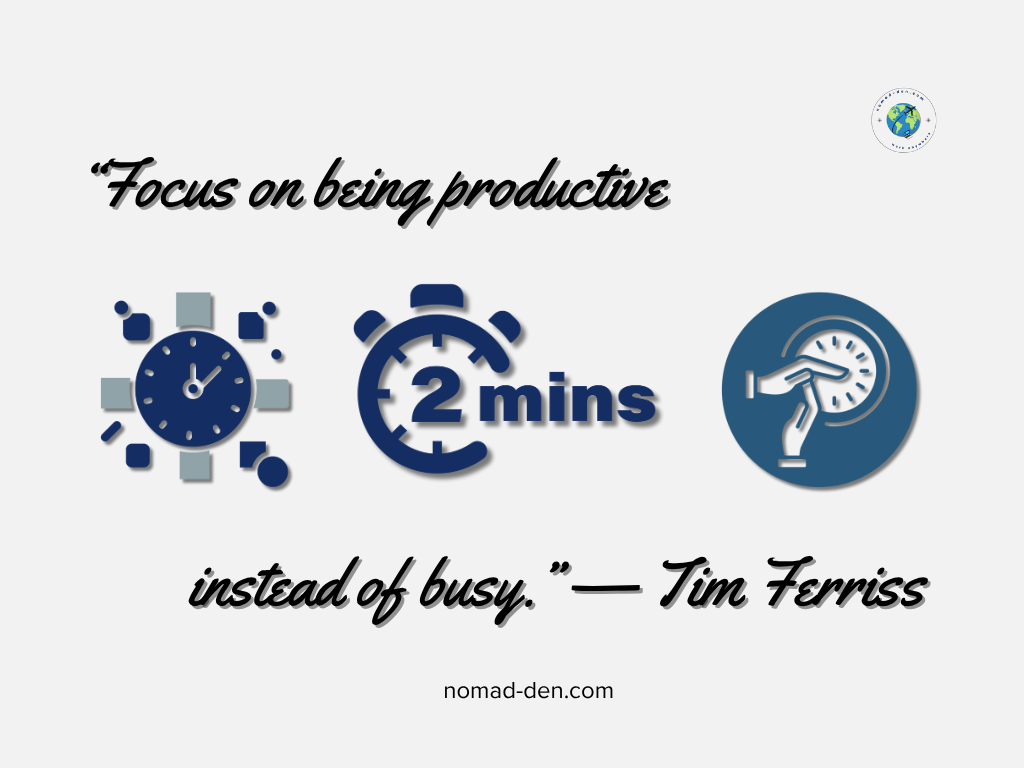
Batch Similar Tasks Together
Batching similar tasks reduces the mental effort of switching between different types of work. By focusing on one category of tasks for a set period, you can boost focus, efficiency, and the quality of output. This approach also minimizes distractions and stress, creating a more predictable and less overwhelming workflow.
Leverage Automation Goals
Leveraging automation is simply using technology to handle repetitive or manual tasks, freeing you to focus on more strategic and creative work. Automation boosts productivity by streamlining workflows, reducing errors, and cutting costs — helping teams work faster and make better decisions.
Set SMART Goals
SMART goals are objectives that are Specific, Measurable, Achievable, Relevant, and Time-bound. This framework aids work productivity by providing clear direction, increasing accountability, and ensuring progress can be tracked, turning vague aims into actionable plans with defined deadlines and outcomes.
When applied consistently, these techniques can transform how you manage your time and energy throughout your workday. There is no need to use them all, but to experiment with different techniques to find which methods align best with your personality and work ethic. In the next section, we’ll bring everything together and highlight how the right mindset complements the right tools.
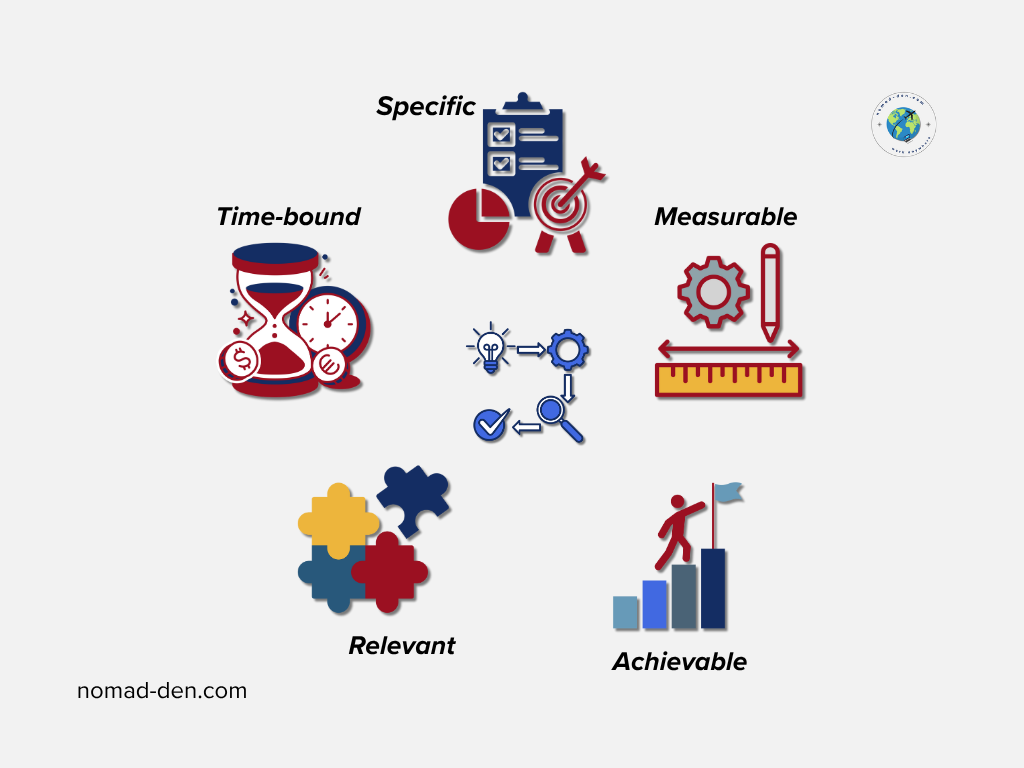
Conclusion
Managing your time effectively using the tools and techniques above will steadily increase your productivity, allowing you to get more done with less stress. As you apply these methods consistently, your results will compound over time. Using your time wisely is one of the best ways to show respect for yourself and your goals.
One of the most influential books on goal achievement and entrepreneurship is Atomic Habits by James Clear. A #1 New York Times bestseller with over 25 million copies sold, it offers a clear framework for building habits that lead to lasting success. Pick up a copy today and start turning small actions into extraordinary results.
Continue Reading Related Posts
- Top Freelancing Jobs & Platforms in 2025 – A practical overview of the most in-demand freelance careers and trusted platforms helping professionals work independently in 2025
- Top 5 Tools Every Online Business Owner Needs – A quick guide to five essential tools that form the foundation for running, managing, and scaling a modern online business
- Build an Online Business and Escape the 9–5 – A step-by-step roadmap for building a sustainable online business through clear goals, structure, and proven strategies
- Top 7 Tools to Boost Your Productivity at WorkSince 2019, working from home has become a rapidly growing trend — offering freedom and flexibility. However, maintaining productivity can be a real challenge. While some people thrive in this environment, others struggle with distractions and the lack of structure that a home office often brings. In a traditional office, there is a structure in… Read more: Top 7 Tools to Boost Your Productivity at Work
- WordPress for Beginners: Setting up your WebsiteWordPress is the most dominant website builder online, used by roughly 43% of all websites. Shopify is its closest competitor with around 4.5% — a fraction of WordPress’s reach. Since launching in 2003, WordPress has earned its reputation through reliability, performance, and user control — allowing anyone to manage their own content with ease and… Read more: WordPress for Beginners: Setting up your Website
- Top Freelancing Jobs & Platforms in 2025Freelance jobs work from home are more accessible than ever. Platforms like Fiverr and Upwork continue to dominate freelance websites that connect skilled professionals with remote jobs. Employers are hiring freelancing positions at an unprecedented rate in 2025. It offers them an opportunity for more flexibility in the hiring process, cutting costs and the ability… Read more: Top Freelancing Jobs & Platforms in 2025

